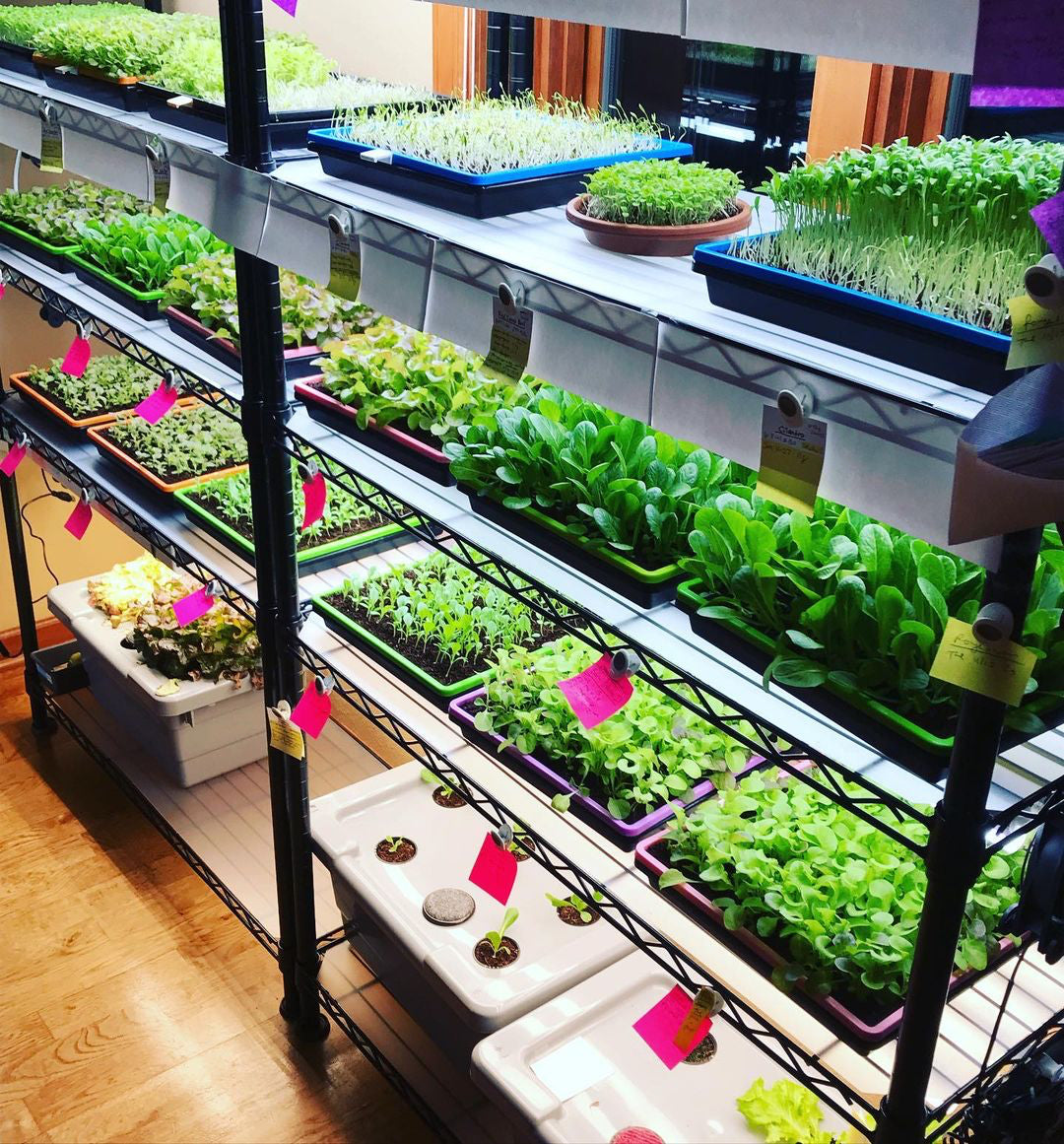Top 10 Mistakes to Avoid When Using LED Grow Lights
As you embark on indoor gardening with LED grow lights, it's paramount to be aware of potential pitfalls. Follow our guide below to ensure your plants not only survive, but thrive!
Since the advent of LEDs in the horticultural world, new terminology has emerged. This specialized vocabulary helps growers understand the effectiveness of their lights, setting it apart from traditional residential lighting terms. To navigate this landscape more easily, check out the Active Grow Horticultural Lighting Terms Guide.


There’s a myriad of spectrum options tailored to different plant types and growth stages. It’s essential to do your homework when selecting the right one. For help picking the correct spectrum, refer to Active Grow’s Spectrum Guide.
The height of your LED grow lights plays a crucial role in delivering the right amount of light to your plants. Familiarize yourself with the Daily Light Integral (DLI) of your plants and adjust the height accordingly. The Active Grow DLI Calculator can be a valuable tool in dialing in your grow.


LED grow lights come with varying beam angles, reflectors and form factors. It’s crucial to be aware of these factors during installation in order to provide ideal and uniform light distribution for your plants.
Plants have innate responses to light and dark periods known as photoperiodism. This response varies by plant type and growth stages. Following the correct light-dark cycle for your specific plants is vital to your garden's success when using LED grow lights.


Monitor and adjust temperature and humidity levels to maintain optimal plant health. While LEDs run cooler than fluorescents and HIDs, they still produce some heat that needs to be accounted for in your setup.
The use of LED lights can alter a plant’s water and nutrient uptake. Be vigilant and adjust your watering and feeding routines accordingly to cater to the specific needs of plants under LED illumination.


Plan adjustments in advance as plants need time to adapt to new light settings. Making these changes thoughtfully helps optimize the effectiveness of LED grow lighting.
Ultra-cheap LED grow light models and general lighting products marketed as “grow lights” might not be the right choice for professional growers aiming for the best results in their gardens. It’s advisable to lean on trusted brands that provide horticultural-specific specifications and have a proven track record with plants similar to yours.


Pay attention to the voltage of LED grow lights and understand their daisy chaining capabilities. This ensures safety and allows you to harness the maximum efficiency from your lighting setup.
By understanding these nuances and adhering to best practices, you’re well on your way to maximizing the benefits of your LED grow lights and cultivating a successful indoor garden.






